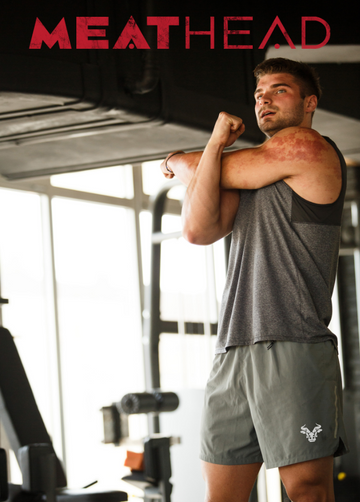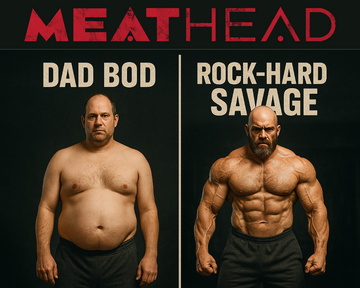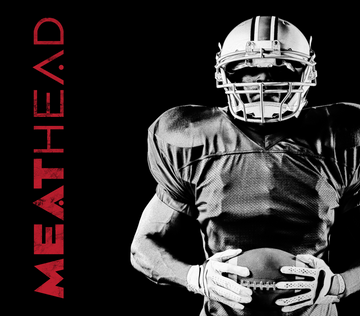You don’t build a legendary physique by training only when you feel perfect. Every hardcore lifter knows the truth: injuries happen. Your shoulders scream, your lower back locks up, your knees grind like rusty hinges. But the difference between an amateur and a savage? The savage builds resilience.
That’s where rehab and prehab come in—not as soft, yoga-class nonsense, but as armor for the battlefield. You don’t just train for the pump—you train to keep training.
Why Meatheads Should Care
The iron doesn’t care about your excuses. If your rotator cuff tears, your ACL pops, or your low back flares, you’re out of the fight. And time away from the barbell is wasted time.
Rehab gets you back under the bar faster.
Prehab keeps you there longer.
Both are weapons in your arsenal if you’re serious about chasing strength, size, and domination for decades—not just a quick run of PRs before your body breaks.
Prehab: Building Armor Before Battle
Think of prehab as strapping on your plate carrier before charging the squat rack. Here are the essentials:
-
Shoulder Rotator Work: External rotations, band pull-aparts, face pulls. Strong rotator cuffs = heavy presses without fear.
-
Hip & Glute Activation: Monster walks, single-leg RDLs, hip thrusts. Your glutes are the engine; fire them up before pulling big weight.
-
Core Bracing Drills: Dead bugs, Pallof presses, weighted carries. A strong trunk = no snapped spine under the bar.
-
Mobility Work (Done Hardcore): Don’t just stretch—mobilize. Hip openers, thoracic spine extensions, ankle dorsiflexion drills. Mobility = more efficient force transfer.
Do 10–15 minutes of this before your lifts. It’s not wasted time—it’s insurance for PRs.
Rehab: Clawing Back from the Pit
When you do get banged up (and you will), rehab is your way back to the warzone. Don’t treat it like punishment—it’s part of the grind.
-
Controlled Range Strength: Injured shoulder? Landmine presses or tempo DB presses instead of barbell bench. Build strength where you can.
-
Blood Flow = Healing: Sled drags, light pump work, and banded exercises push nutrient-rich blood into damaged tissue.
-
Isometrics: Holding positions (like wall sits, static curls, or planks) helps strengthen tissues without risky movement.
-
Gradual Exposure: Return to heavy lifting with a plan. Start with tempo work, partials, and build up to full-send again.
Remember: rehab isn’t weakness—it’s training under constraint.
Meathead Mentality Shift
Prehab and rehab aren’t soft—they’re savage. They’re how you ensure the machine keeps running. A weak-minded lifter ignores the small stuff until they’re sidelined. A hardcore lifter attacks weaknesses head-on, builds armor, and comes back even nastier after every setback.
You can either:
-
Push through pain until you’re broken, OR
-
Train smarter so you can keep breaking records for years.
The choice is yours, meathead.
The Meathead Code This Week
-
10–15 minutes of prehab before every heavy session.
-
If injured, rehab like a warrior—don’t sulk like a victim.
-
Build resilience, not excuses.
Stay unbreakable. Stay relentless. Stay MEATHEAD.





